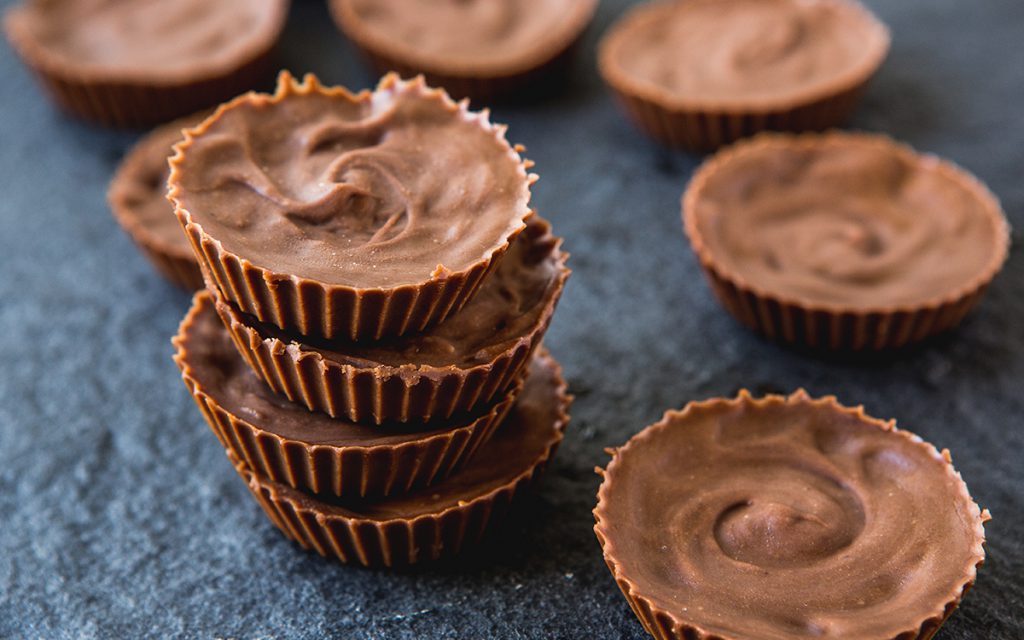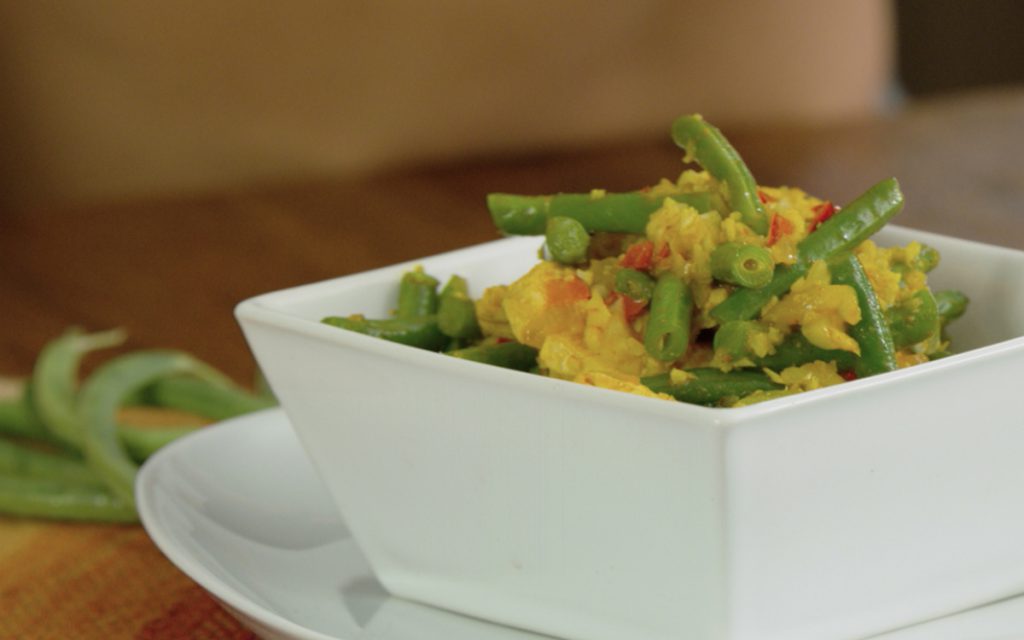If you’ve been researching ways to burn more fat, then you’ve probably heard of the keto diet. This low-carb, high-fat diet has yielded amazing weight loss results for plenty of people including A-list celebrities like Halle Berry, Tim Tebow, and Vanessa Hudgens. It’s also beneficial for those who suffer from conditions like diabetes, epilepsy, and certain forms of cancer. Despite this diet’s rising popularity, many are still confused about how to get started. Let’s break down the basics of the keto diet.
Ready to go keto? Start with clean keto recipes on Mealplan.
How Keto Works
The most basic rule of following the ketogenic diet is limiting your daily intake of carbohydrates while increasing your daily intake of healthy fats. Reducing your carb intake allows your liver to produce ketones, which are molecules that the body can use as an alternate source of energy.
Since ketones are produced from your body’s fat stores, it forces your body to burn fat for energy instead of the usual carbohydrates. When your body makes the switch from burning carbs for fuel to burning fat, it enters the metabolic state of ketosis. This is what causes the significant loss of fat and weight that many keto dieters experience.
The keto diet provides a variety of bodily benefits including:
- Weight loss.
- Lower blood sugar.
- Increased energy levels.
- Clearer skin.
Successful keto dieting requires you to count your macros. You should be consuming a low amount of carbohydrates, a moderate amount of protein, and a high amount of fat. The exact percentages can vary for each keto dieter, but it’s most commonly suggested to consume around 60 to 75% of your calories from fat, 15 to 30% of your calories from protein, and 5 to 10% of your calories from carbs.

What to Eat on the Keto Diet
Although the ketogenic diet doesn’t require any calorie counting, it’s important to eat nutritionally dense low-carb and high-fat foods. Many keto dieters make the mistake of falling into the “dirty keto” trap. Dirty keto involves eating low-carb, high-fat processed foods and fast food while disregarding healthy keto food options. This version of the keto diet can cause symptoms like bloating, inflammation, and bad skin. You’re also more likely to gain rebound weight if you choose to add more carbs back into your diet.
For the best keto results, you should stick to eating healthy, whole foods that are high in fat and low in carbohydrates. Since the keto diet requires a moderate amount of protein, you can enjoy meats like poultry, fish, and beef as well as eggs. You should also eat plenty of nutrient-rich leafy greens like kale, spinach, and arugula. For snacks, nuts, seeds, and low-carb berries are great options. Be sure to also include high-fat food items like butter, hard cheeses, and avocados.
It’s best to avoid any foods that are high in carbohydrates and sugar. This includes grains like wheat, rice, and corn and sweeteners like sugar, honey, and maple syrup. Although fruits like oranges, apples, and bananas, and starchy vegetables like potatoes and yams offer a variety of nutritional benefits, you should avoid them if you want to go into ketosis. The reason for this is that these foods contain a high amount of carbohydrates and sugar.

Tips for Getting Started With Keto
Making the switch from burning carbs for energy to the metabolic state of ketosis can be difficult for the body. Because many of us are dependent on carbs, you may notice withdrawal symptoms like fatigue, headaches, and irritability as your body enters ketosis. These symptoms are sometimes referred to as the keto flu. They usually only last for about a week.
Thankfully, there are a few precautions you can take to lessen or avoid these negative symptoms. First of all, if your pre-keto diet consists of a considerably high amount of carbs, then it’s best to gradually transition into the keto diet. You can begin by eliminating one carb-rich food item at a time until you’ve fully limited your carb intake.
While you should always drink enough water in general, staying hydrated while transitioning to keto is essential. Because starting the keto diet can cause you to lose up to 10 pounds of water weight, it’s important to replace these fluids by drinking water. You might also need to add a pinch of salt to your water to replace dietary electrolytes.
The final tip for a successful keto transition is to avoid intense exercise. Since fatigue is common as your body enters ketosis, it’s best to conserve your energy until your body adjusts to using fat as its main energy source. As you make the transition, it’s best to stick to low-intensity activities like walking, yoga, and light aerobics.
If you’re planning to give the keto diet a try, be sure to transition safely and healthily!
Sources:
Yancy, W. S., Olsen, M. K., Guyton, J. R., Bakst, R. P., & Westman, E. C. (2004). A low-carbohydrate, ketogenic diet versus a low-fat diet to treat obesity and hyperlipidemia: a randomized, controlled trial. Annals of internal medicine, 140(10), 769-777.


